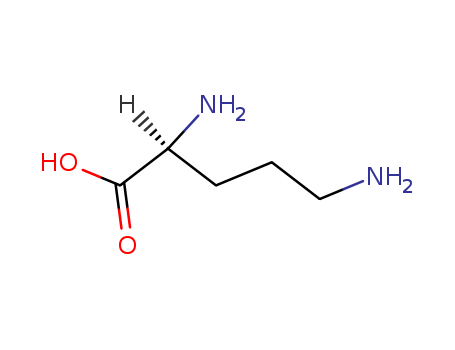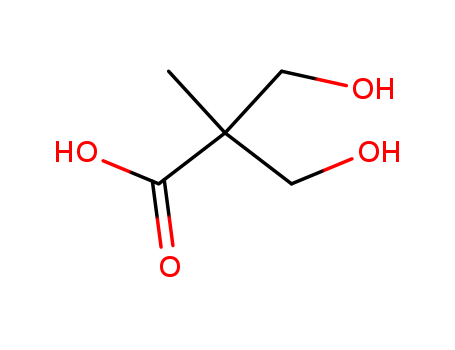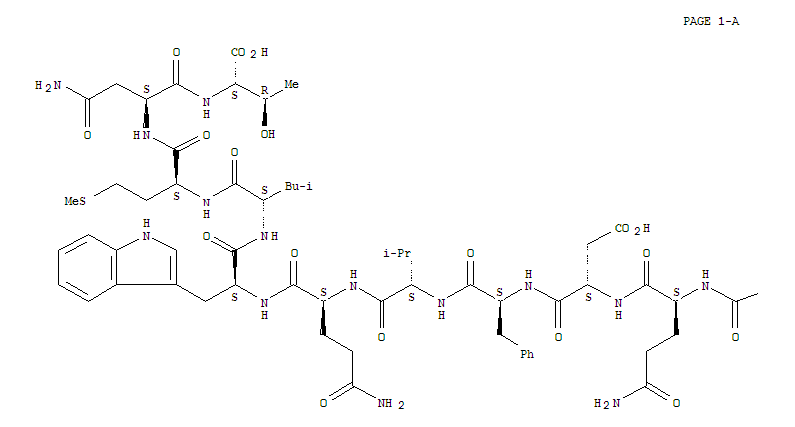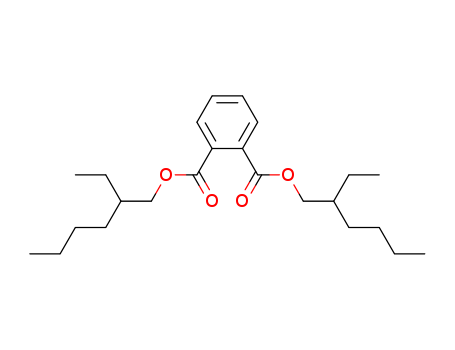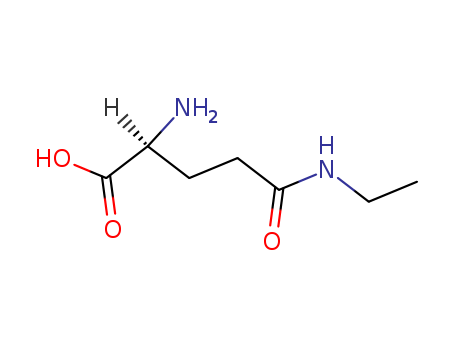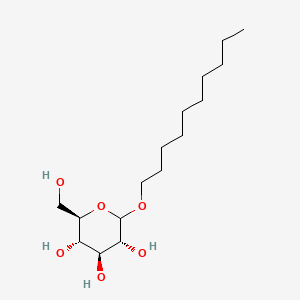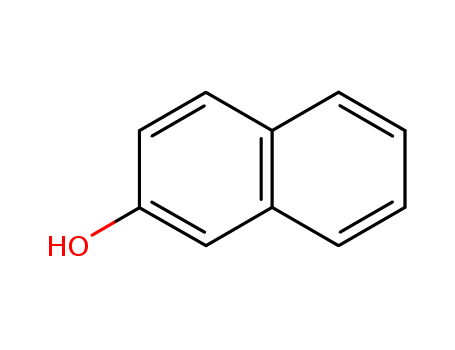The impact of 2-Ethylhexyl phthalate and Mono(2-ethylhexyl) Phthalate in placental development, function, and pathophysiology
Luis Daniel Martínez-Razo a , Alejandra Martínez-Ibarra a b , Edgar Ricardo Vázquez-Martínez a , Marco Cerbón a
, Environment International Volume 146 , January 2021, 106228
Phthalates are diesters of phthalic acid. The wide variety of phthalates depends on the nature and length of the oxo alcohols from which they are made ( Huang et al., 2013 ). They can be classified into high molecular weight (HMW) and low molecular weight (LMW) phthalates. 2-Ethylhexyl phthalate is an HWM phthalate synthesized from 2-ethyl-1hexanol (2EH) ( North et al., 2014 ). 2-Ethylhexyl phthalate is one of the most used phthalates, principally as a plasticizer for PVC and vinyl chloride resins, where it is added to plastics to make them flexible.
Di(2-ethylhexyl) phthalate (DEHP) and thyroid: biological mechanisms of interference and possible clinical implications
Xueting Zhang, Wen Qi, Qi Xu, Xu Li, Liting Zhou & Lin Ye
, Environmental Science and Pollution Research, Volume 29, pages 1634–1644, (2022)
Di(2-ethylhexyl) phthalate (DEHP) is a ubiquitous environmental endocrine disruptor. DEHP can be absorbed into the human body through the air, food, water, and skin. After entering the human body, DEHP is rapidly converted to mono(2-ethylhexyl) phthalate (MEHP) with greater toxicity than DEHP. An increasing number of studies indicates that DEHP or MEHP can damage the thyroid tissue and disrupt the function, but the mechanisms remain unclear.
A novel hydrogen-bonded silica-supported acidic ionic liquid: An efficient, recyclable and selective heterogeneous catalyst for the synthesis of diesters
Fareghi-Alamdari, Reza,Niri, Mehri Nadiri,Hazarkhani, Hassan
, (2018)
Abstract: In this study, two novel acidi...
Micro-flow nanocatalysis: synergic effect of TfOH@SPIONs and micro-flow technology as an efficient and robust catalytic system for the synthesis of plasticizers
Tashi, Maryam,Shafiee, Behnaz,Sakamaki, Yoshie,Hu, Ji-Yun,Heidrick, Zachary,Khosropour, Ahmad R.,Beyzavi, M. Hassan
, p. 37835 - 37840 (2018/11/26)
The combination of continuous flow techn...
Diacidic ionic liquid supported on magnetic-silica nanocomposite: a novel, stable, and reusable catalyst for selective diester production
Fareghi-Alamdari, Reza,Nadiri Niri, Mehri,Hazarkhani, Hassan,Zekri, Negar
, p. 2615 - 2629 (2018/09/13)
Abstract: Supported diacidic ionic liqui...
 English
English 中文
中文
 English
Japanese
Russian
Korean
गोंगेन हें नांव
Deutsch
Corsu
Guarani
Hausa
Cymraeg
Nederlands
Aymara
Français
Kreyòl ayisyen
čeština
ʻŌlelo Hawaiʻi
डोग्रिड ने दी
ภาษาไทย
հայերեն
فارسی
Hmoob
ދިވެހި
भोजपुरी
繁體中文
Türkçe
हिंदी
беларускі
български
tur
Gaeilge
ગુજરાતી
Magyar
Eesti keel
بالعربية
বাংলা
Azərbaycan
Português
Suid-Afrikaanse Dutch taal
کوردی-سۆرانی
Ελληνικά
español
Frysk
dansk
አማርኛ
Bamanankan
euskara
Italiano
Tiếng Việt
অসমীয়া
català
Suomalainen
Eʋegbe
Hrvatski
Cebuano
Gàidhlig na h-Alba
bosanski
galego
English
Japanese
Russian
Korean
गोंगेन हें नांव
Deutsch
Corsu
Guarani
Hausa
Cymraeg
Nederlands
Aymara
Français
Kreyòl ayisyen
čeština
ʻŌlelo Hawaiʻi
डोग्रिड ने दी
ภาษาไทย
հայերեն
فارسی
Hmoob
ދިވެހި
भोजपुरी
繁體中文
Türkçe
हिंदी
беларускі
български
tur
Gaeilge
ગુજરાતી
Magyar
Eesti keel
بالعربية
বাংলা
Azərbaycan
Português
Suid-Afrikaanse Dutch taal
کوردی-سۆرانی
Ελληνικά
español
Frysk
dansk
አማርኛ
Bamanankan
euskara
Italiano
Tiếng Việt
অসমীয়া
català
Suomalainen
Eʋegbe
Hrvatski
Cebuano
Gàidhlig na h-Alba
bosanski
galego

